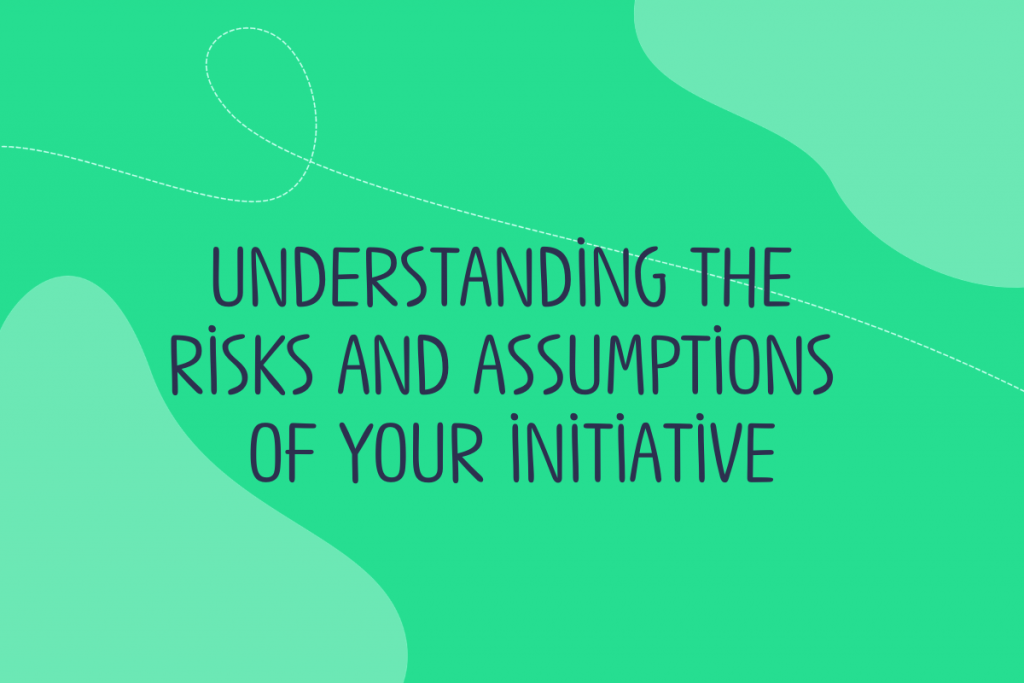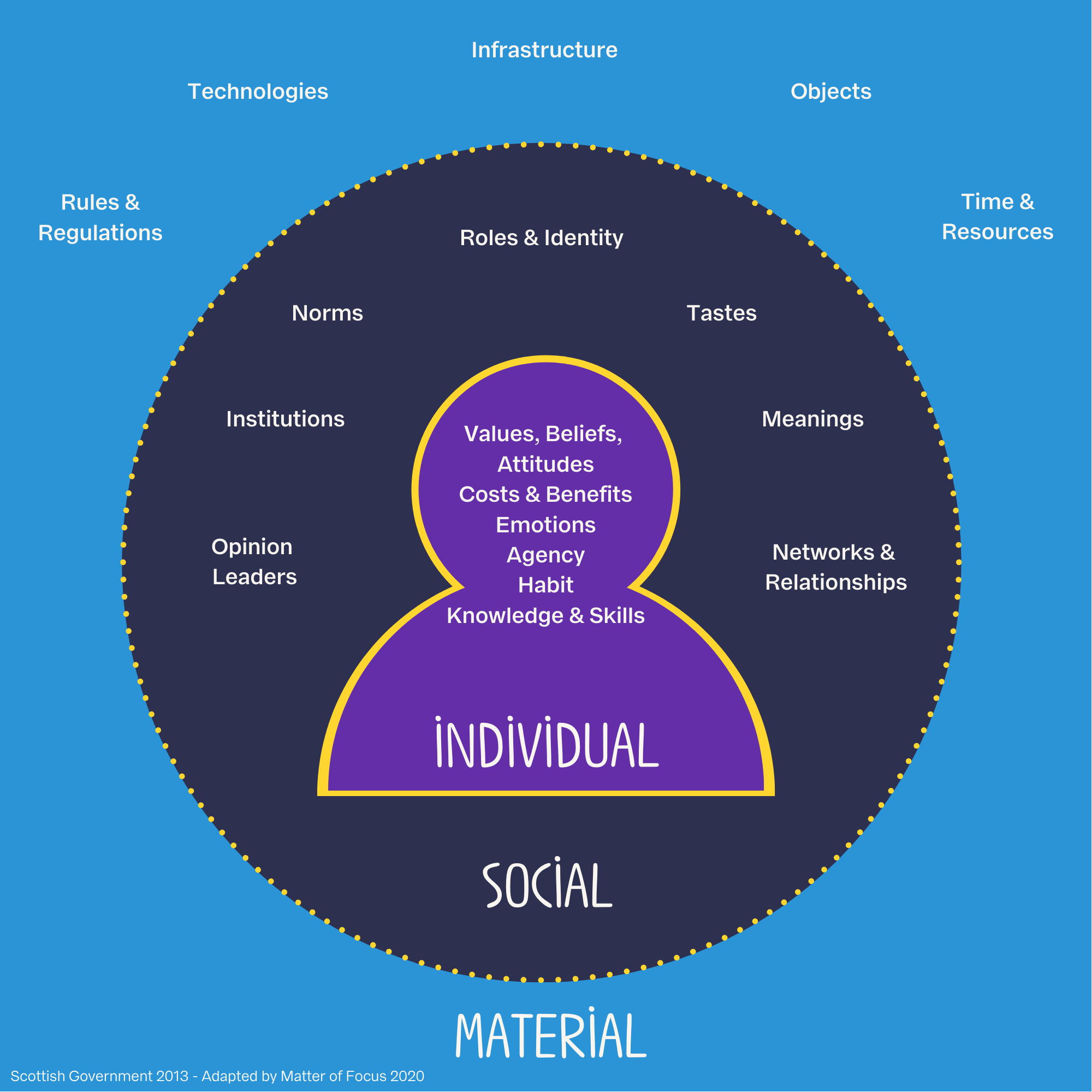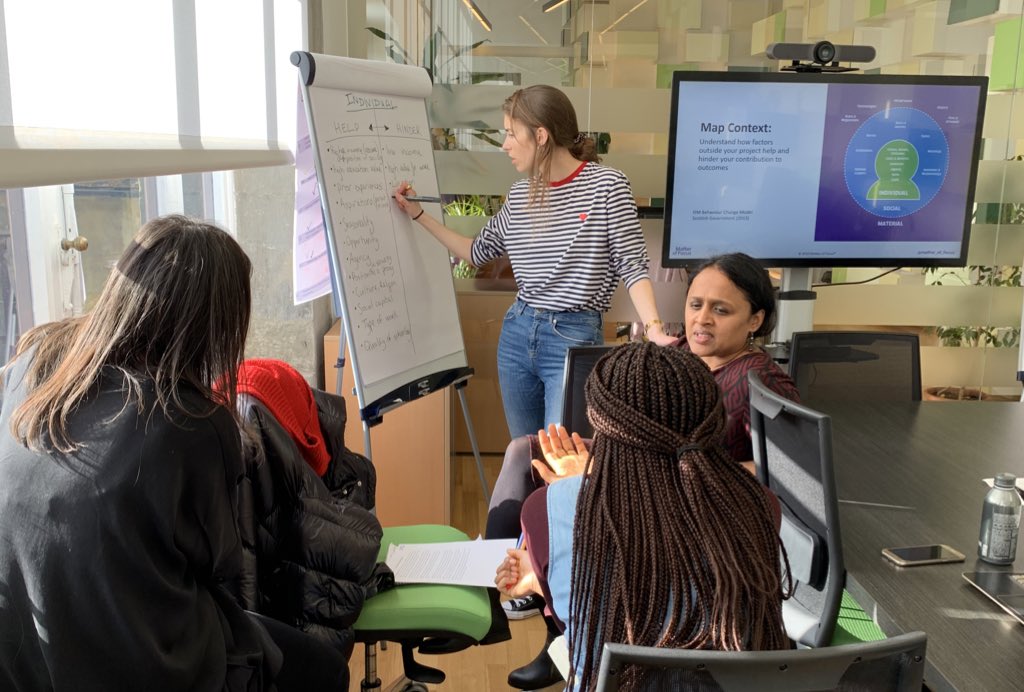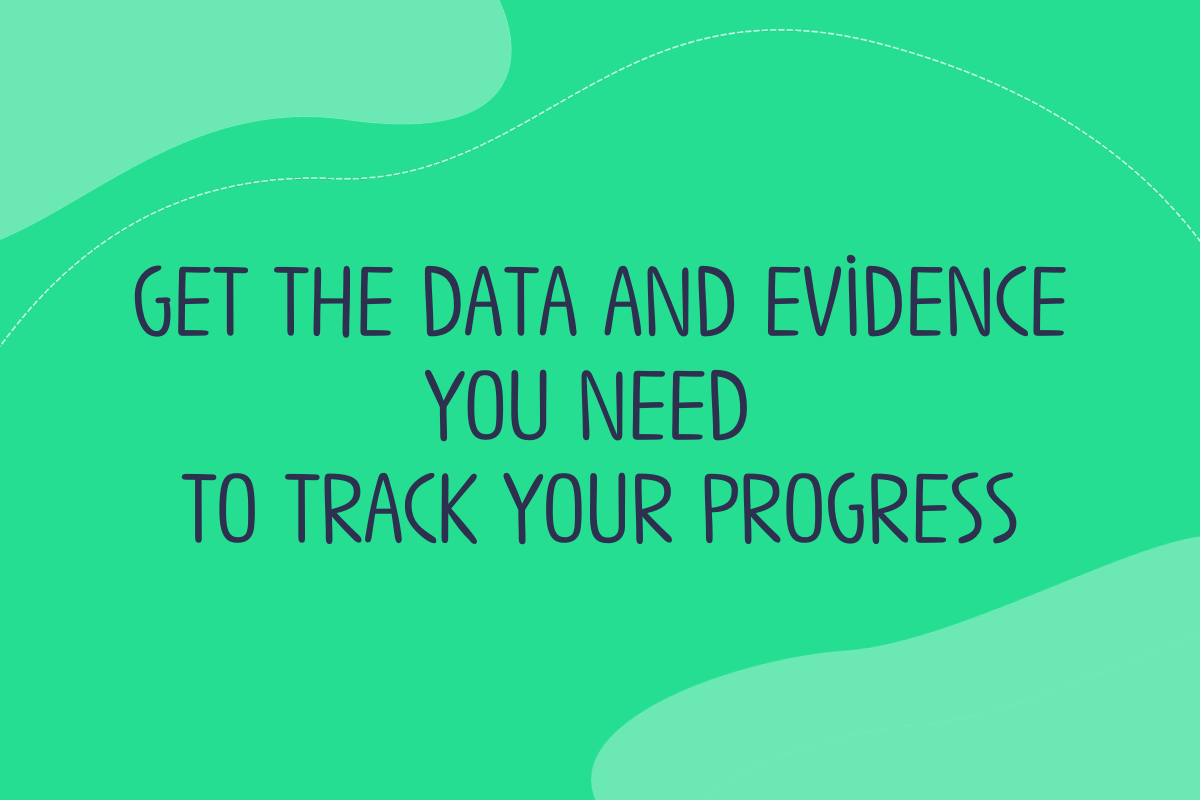Whether supporting people to move on in their lives, implementing new policy initiatives, providing training or spreading good practice, the evidence shows that the most effective approaches are those that are tailored to the specific context in which the work is done. (See this What Works Scotland Evidence Review – pdf.)
This post is the third of six key pillar posts that walk you through the Matter of Focus approach. We recommend reading each of these posts and following the links we’ve made to other useful tips and tricks. If you’re working on evaluation and outcome-monitoring, you might like to come back to these posts as and when you need support. We’re here to help! So please do get in touch if we can help you embed an outcome-focused approach to your work.
- An overview of the Matter of Focus approach
- Understand the outcomes and impacts that matter
- Understand the unique context of your work (you are here)
- Get the data and evidence you need to track your progress
- Track and visualise the difference you make
- Report in an outcome-focused way
The contexts in which people live and work are incredibly diverse. There is no one public health message or health and wellbeing intervention that will work for everyone, as was evident during the Covid-19 pandemic. But it is not new. Effective public service interventions always attend to context and are always appropriately different every time.
Effective public service interventions always attend to context and are always appropriately different every time.
Working well with context and tailoring responses to individual or local situations takes a huge amount of skill and creativity. This work is often not visible or recognised.
The benefits of taking time to work with context
Taking time to talk about context and how this has shaped practice and decision making is a powerful way of emphasising the unique contribution your organisation and the people in it make to improving outcomes. In our experience, teams find this process enjoyable, validating and even cathartic.
Taking time to think and talk about context has practical benefits too. It can help you:
- identify key risks to your work
- think through how you can mitigate these and build on opportunities to improve or strengthen the way you deliver your project
- establish reasonable expectations about what your project might achieve given the time and resources available and contextual opportunities and limitations.
Finally, analysing and reflecting on context is widely recognised as being the first step in any robust theory-based evaluation process. As Canadian Government Guidance says, good theory-based evaluation reports start with an account of the context in which the work was carried out and will reflect on the impact of contextual factors (risks and assumptions) throughout the process.

There is more information on how you can work well with context in our post on working with risks and assumptions.
A practical framework to help you understand context
There are many frameworks and tools out there to help you understand the context in which your project is working.
At Matter of Focus we have developed an approach to talking about context that uses the “ISM Framework”. This framework, created by the Scottish Government (see here), is evidence-based and identifies factors that arise in individual, social and material contexts to consider when setting up or evaluating a project or programme. These factors are shown in the following diagram.

The framework was developed originally to help organisations plan effective, complexity informed environmental behaviour change projects. We have found it to be applicable to public service projects and programmes more generally.
How we use the framework
We like to use the framework to:
- prompt discussion and reflection among teams about how contextual factors help their work and what might get in the way
- organise and analyse data and information from a range of sources that help you understand how contextual factors are shaping your work. This data and information might include meeting notes, consultation findings, reflections from staff teams or evidence from previous research.

Researchers from the Child Labour Project at UNICEF Innocenti undertaking context analysis

Read our full guide to understanding the ISM and how it may be applied to public service projects and programmes.
Download pdfReal examples of the impact of analysing context
Working with organisations to understand and reflect on context is a core part of our approach at Matter of Focus. Here are some examples of the impact of analysing context on organisations we work with:
Justifying resources
Lothian Minority Ethnic Health Inclusion Service support people from black and minority ethnic backgrounds, asylum seekers and refugees. Their work is very challenging, with many factors impacting on their work, such as:
- a hostile immigration environment
- lack of quality interpretation services
- lack of cultural competence amongst health and care professionals
- the specific attitudes and beliefs of people they work with.
Taking time to systematically analyse their context in relation to the ISM framework highlighted to the team just how challenging their work is and how unique and unrecognised many of the challenges they face are. Going through this process helped them build a strong case for the continued existence of a specialist team to fulfil this role.
Setting realistic expectations
The My Life My Way pilot led by East Renfrewshire Health and Social Care Partnership sought to improve outcomes for people in residential care through embedding more choice and control.
Taking time to do an ISM analysis at the start of the evaluation process surfaced the many factors that shaped why it was so hard to improve outcomes for people in residential care. This was important in setting realistic expectations about what the pilot could achieve in the time available.
Doing the right thing
Age Scotland has been funded to deliver dementia training to a range of groups including unpaid carers.
At the start of the project the team used the ISM to analyse the context into which their training was being delivered, drawing on learning from planning sessions with unpaid carers. This process highlighted that in many local contexts adequate services and supports weren’t in place for unpaid carers.
The team reflected that if they just deliver training to unpaid carers on their rights as planned, they will not make the difference they hope. Therefore, they are building a community around their training, providing information to people over time and systematically capturing learning from the training sessions to inform Age Scotland’s campaigning work.
Recording and sharing the context of your work
If you are a Project Administrator in our software OutNav, you can write about the context of your work and incorporate your ISM analysis under ‘Context For Delivery’ in Project Settings. This can then feature in your Live Reports, shared with people outside your team to help them understand the context in which you are working.
To receive a regular round-up of our insights and news please sign up to our mailing list.
Sign up nowAnalysing the context of your work will help you identify the risks and assumptions associated with your project. For more on the role of risks and assumptions, you may be interested to read our next post:
Understanding the risks and assumptions of your initiative


